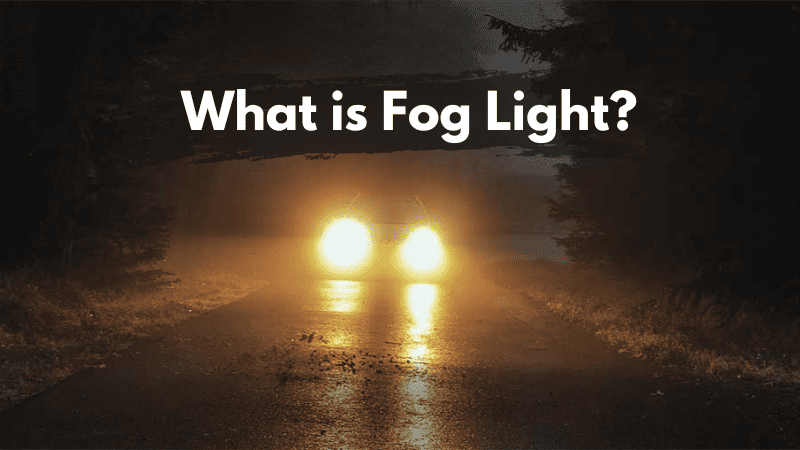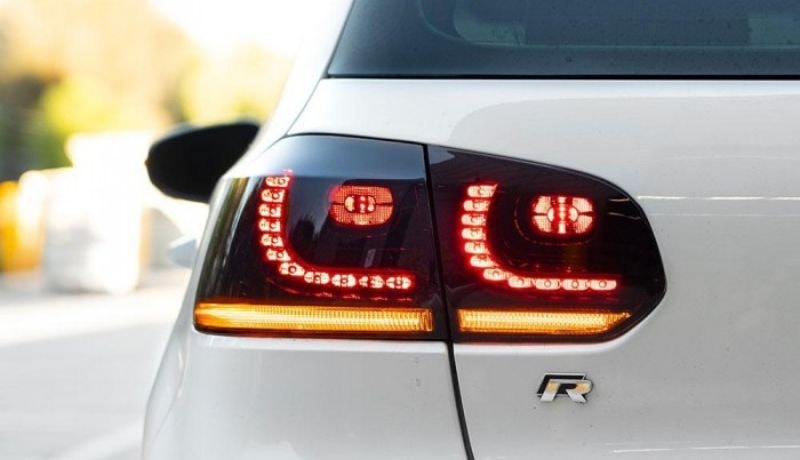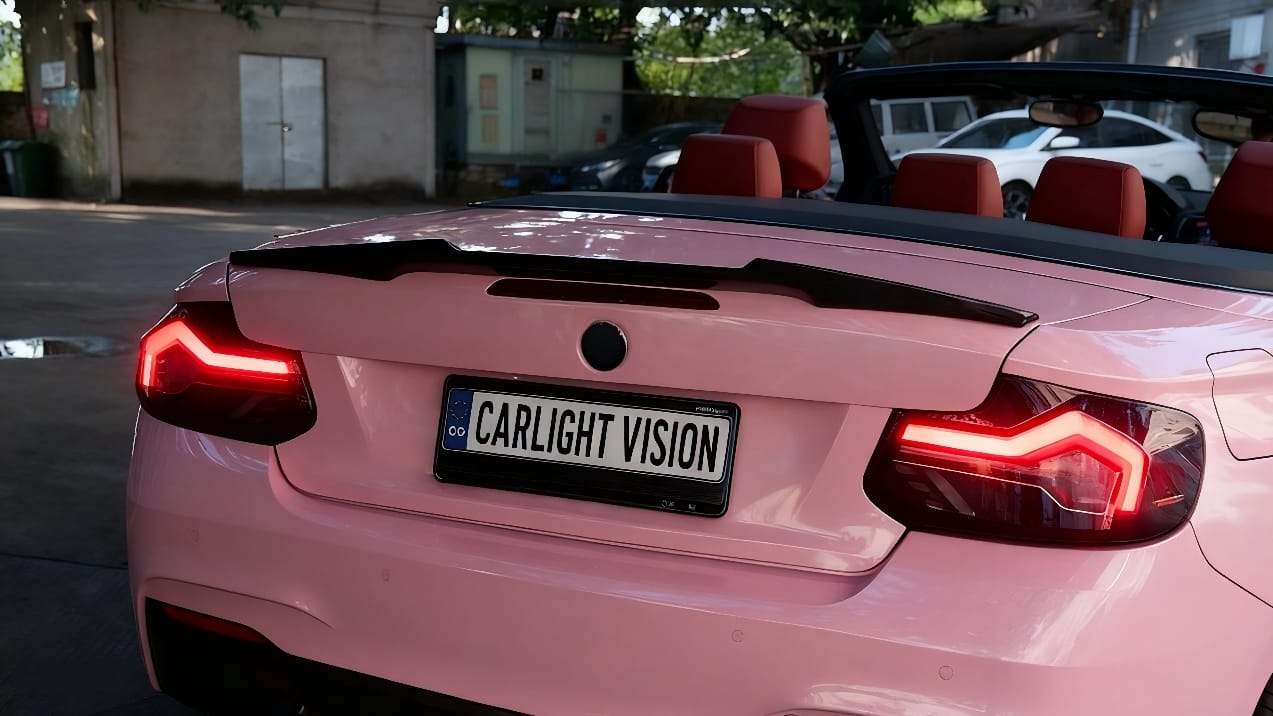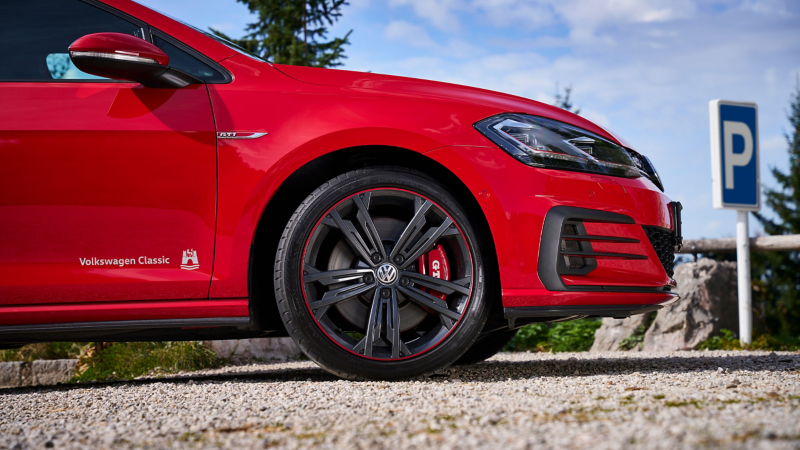Poor visibility makes driving a dangerous activity. Drivers are less able to see each other or obstructions on the road, greatly increasing the likelihood of accidents.
In this article, we examine what fog lights are, when you are expected to use them, and when you shouldn’t. We will also take you through the process of choosing the right bulbs for your fog lights. Read on to find out how this simple addition to your car can make you a lot safer.
What is the Purpose of Fog Lights?
As their name suggests, fog lights are supposed to be used in foggy conditions. They have two main purposes, i.e.:
- To make your vehicle more visible to other drivers through the fog
- To help you see the road when driving through heavy fog

If you’ve ever driven through heavy fog, you probably know that regular headlights are not well suited for such conditions. Your headlights can make things worse since the light is reflected into your eyes by water droplets in the air, making it harder to see.
Thanks to their color temperature and mounting position, fog lights do a much better job of ‘cutting’ through fog and illuminating the road ahead.
In the UK, drivers are required to have at least one fog light at the back of their cars. This makes it easier for drivers behind you to see your car. The front fog lights are, however, optional. In the US, all fog lights are optional so manufacturers use them as purchase incentives.
When Should You Use Fog Lights?
Not using your fog lights under the right conditions puts you and others at risk. However, using your fog lights under the wrong conditions also creates unsafe conditions and can lead to a fine.
When to Use Fog Lights
Fog lights should only be used in conditions where visibility is seriously compromised. The UK Highway Code defines this as situations where you can’t see more than 100 meters or 328 feet ahead.

Thick fog is just one example of a low visibility condition. This condition can also be encountered during a very heavy downpour, a dust storm, heavy snow, or a whiteout. If you must be on the road in such situations, having fog lights is crucial to your safety as visibility will be heavily impaired.
If you see a fog warning sign but conditions on the road seem to be clear, you should expect to encounter a fog bank at any moment so be ready to turn on your fog lights.
When Not to Use Fog Lights
Misuse of fog lights is more than a minor annoyance. A study by Swiftcover, a UK car insurance company, revealed that incorrect use of fog lights caused roughly 300,000 accidents in 2011. This is a shocking statistic considering fog light usage is supposed to have the opposite effect.
Although fog lights help drivers see when visibility is poor, they have the opposite effect in clear conditions. Fog lights are bright enough to dazzle and distract other drivers, and rear fog lights may obscure your brake lights. Some drivers have also complained that the dazzling effect of these lights is worse when the road is wet since they reflect off the road surface.
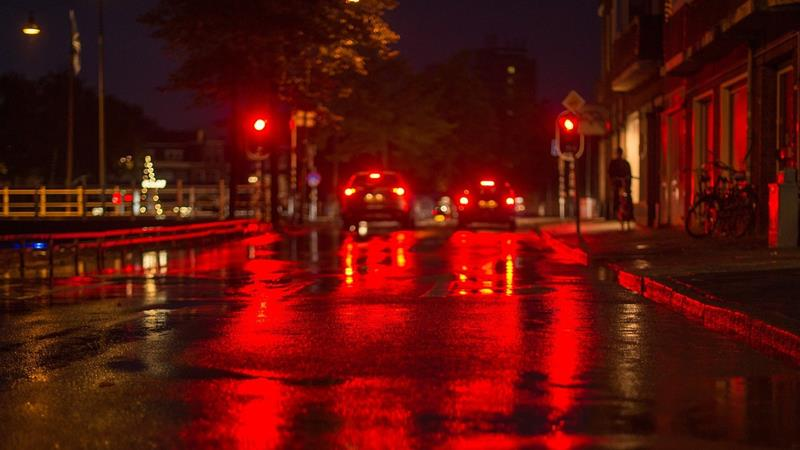
This means you should not have your fog lights on in clear conditions or even when visibility is reduced but not seriously hampered. You should also remember to turn off your fog lights as soon as visibility improves. The fog light symbol on your dashboard lets you know when they are on.
As useful as fog lights are, they cannot guarantee you won’t get in an accident when visibility is poor. In heavy rains or during a whiteout, some drivers may still fail to see your fog lights in time or may not be applying other safety measures for driving in such conditions. Sometimes it’s safer to wait out the weather at a safe location.
Design and Placement of Fog Lights
Although you can use low-beam headlights when driving through fog, dedicated fog lights work better because they are mounted at different heights and produce a different light beam pattern.
Where Should Fog Lights Be Placed?
Your front fog lights should be mounted below the center of your headlights. Ideally, they should be 10 to 24 inches above the road. In the UK, the requirement is not more than 47 inches from the road surface. Therefore, your fog lights may be installed on the bumper or below it.
Due to the positioning of the fog lights below the headlights, the beam illuminates much closer to the front of the car compared to driving lights i.e., low beams.
In the UK, you must have at least one but not more than two rear fog lights. If you have one rear fog light, it should be at the car’s center line or the side of the car that’s farthest from the edge of the road. The rear fog light should also be between 9.8 and 39.4 inches from the road.
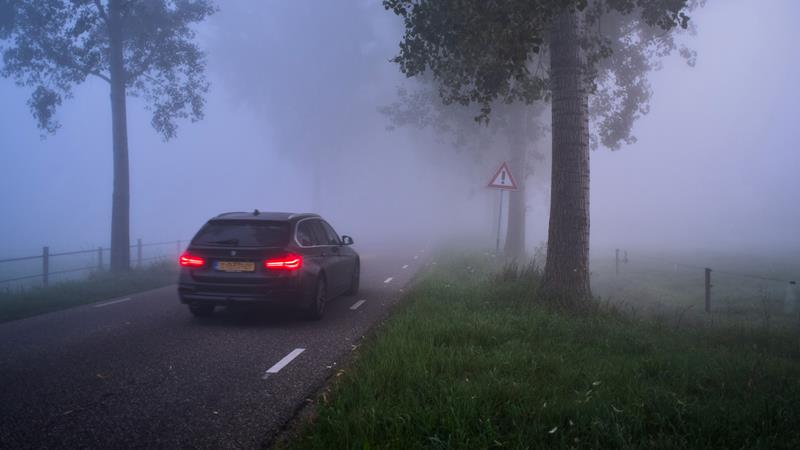
Another note on rear fog lamps’ positioning is that they have to be at least 100mm from the brake lights.
What is the Best Beam Pattern for Fog Lights?
The beam pattern from the front fog lights is supposed to be wide in the horizontal direction but narrow in the vertical direction. This ensures the light only illuminates the ground in front of the car.
This beam pattern is important because it keeps the glare from your fog lights from blinding other drivers. It also limits the amount of light that is reflected by raindrops or snow ahead, enabling you to see farther.
What Type of Bulb is Used in Fog Lamps?
There are three types of bulbs you can use for your fog lamps; halogen (incandescent), xenon (HID), or LED. Here is how the three compare.
| Feature | Halogen | HID | LED |
|---|
Although brightness is important, you don’t need the brightest bulbs for your fog lamps because the light isn’t supposed to cover a large distance.
Additionally, some car owners have reported parts of their fog light assembly or bumpers melting due to the heat produced by some bulbs.
How to Choose the Best Fog Light Bulbs
Choosing a good fog bulb is one of the most important lighting decisions you’ll have to make for your car. Here are some tips on how you can make your choice count.
1. Brightness and Pattern
Your fog lights don’t need to be super bright, but they must be bright enough to provide enough illumination on the road. LED and HID bulbs are bright, but you can also find halogen bulbs that are bright enough for fog lamps.

The color pattern of your fog lights should also be as described above. If your fog light extends too far forward, it can hamper visibility.
2. Color
Fog lights come in two main color temperatures, white or yellow. White fog lights are common, but many experts argue that yellow fog lights have better penetrating power in fog and heavy rain.
3. Heat
With fog lights, there is a risk of some bulbs melting parts of the fog light assembly or even the bumper they are mounted on. If your bulb is not bright enough, getting a more powerful bulb may help, but it could also cause some damage if it radiates a lot of heat.
4. Compatibility
If your car already has fog lights, only use bulbs that are compatible with your existing system. Incompatible bulbs may not work or may not perform as expected. If you’re adding fog lights to a car that doesn’t have fog lights, get a fog light kit that was designed for your make and model.
Conclusion
The fog light is an important addition to modern vehicles that can help make roads safer. These lights improve visibility in inclement weather when regular headlights won’t hack it, but care should be taken to only use fog lights when the situation demands it.
Front fog lights are positioned lower than headlights and in the back, you may only need one fog light. When it’s time to choose your fog light bulbs, consider the light color and heat produced by the bulb in addition to brightness and light beam pattern.
Cut Through the Fog with Carlightvision’s LED Fog Lights
At Carlightvision, we aim to manufacture LED lights that will light the way in the worst weather. We prioritize quality in our manufacturing process but also leave room for customization. Check out our product catalog to see which fog lights we have in stock or reach out to our customer service experts to find out how our OEM/ODM services can meet your fog light manufacturing needs today.
